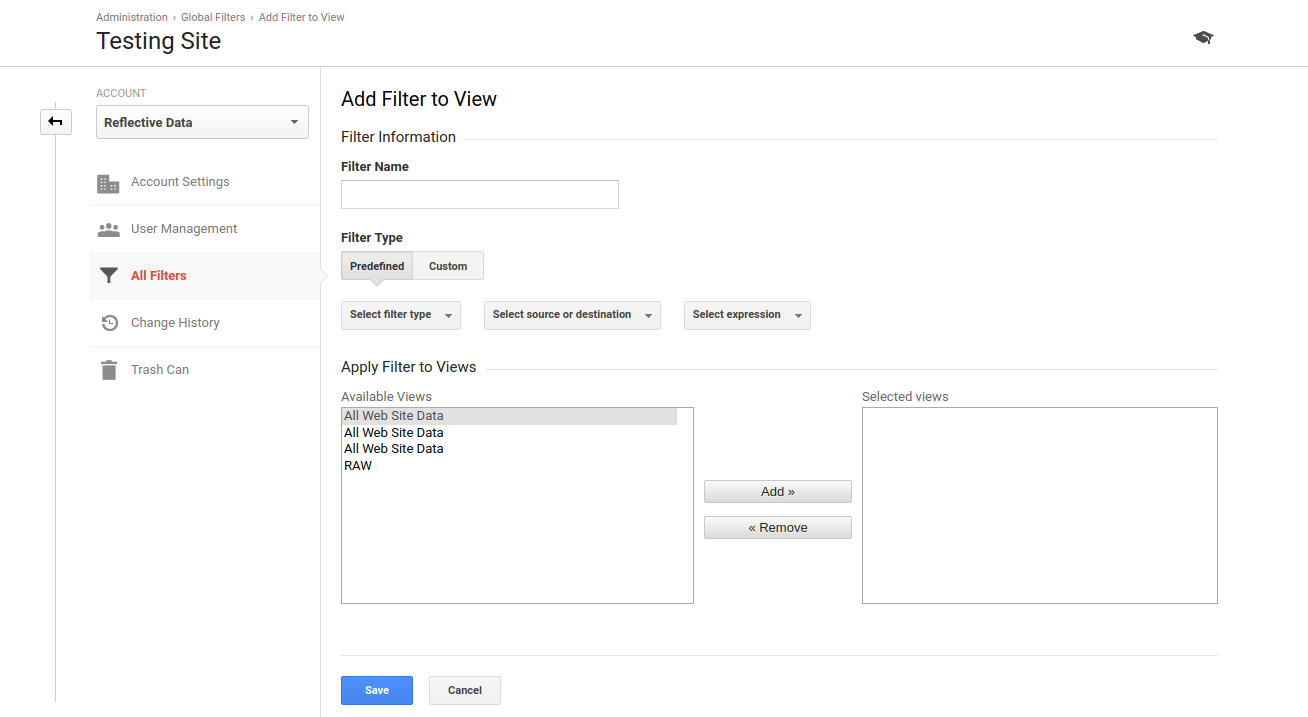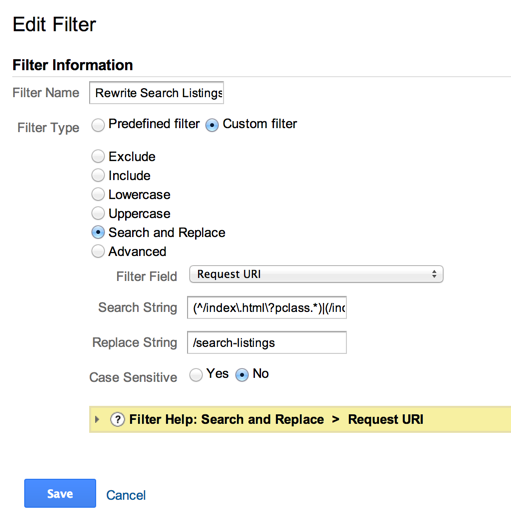The Greatest Guide To In Which Order Does Google Analytics Filter Data
Table of ContentsThe 2-Minute Rule for In Which Order Does Google Analytics Filter DataThe Single Strategy To Use For In Which Order Does Google Analytics Filter DataThe smart Trick of In Which Order Does Google Analytics Filter Data That Nobody is DiscussingIn Which Order Does Google Analytics Filter Data for DummiesIn Which Order Does Google Analytics Filter Data Things To Know Before You Get ThisHow In Which Order Does Google Analytics Filter Data can Save You Time, Stress, and Money.
io" is the website and if I most likely to the homepage as well as click a few other web pages like signup web page, it reveals me in the real-time report popping-up as how we established in the filters. This web page is the of internet site and you can see the sub-domain highlighted as.
Similar to the previous process, we should produce a brand-new filter as stated in the last actions - In Which Order Does Google Analytics Filter Data. in this brand-new filter, I'm calling it as and also I'm picking After that I'm keying the filter pattern as In this filter pattern, the pipe symbol () is included to attach any other hostname that you want to include along with the other hostnames
In Which Order Does Google Analytics Filter Data - Truths
This is how you can go check your internet site and also return view in real-time records. The real-time record now reveals the modifications that you made when creating that filter. In this instance, the Broken page clarifies regarding URL of the web page i. e when the Web page URL being duplicated the exact same, excluding lower or any type of minute elements.
Currently produce a brand-new filter as well as I call it as. Choose and also select the filter areas.

The Facts About In Which Order Does Google Analytics Filter Data Revealed
The adhering to directions will certainly stroll you with the procedure: Produce a new Google Spread sheet (or open an existing one). From the add-on summary page, click the "+" in the top right edge to add this add-on to your spreadsheet.
Click "Accept". The add-on is now set up. A "Google Analytics" submenu should now appear in the Attachments menu. Records can be developed by hand or with the aid of the add-on's report development tool. To make use of the tool, pick "Attachments" > "Google Analytics" > "Create a New Report" from the menu bar.
This is willful. In Which Order Does Google Analytics Filter Data. The tool is indicated anonymous to help obtain you started and also give you with the information you might not recognize off the top of your head. The rest of the fields will certainly need to be gotten in by you. If you have any kind of questions concerning what to place in each area, see the reference at the base of this web page.
Not known Facts About In Which Order Does Google Analytics Filter Data
It can be a sheet in the spread sheet you're presently in, or a various spreadsheet entirely (as long as you have modify access to that spreadsheet). To print the outcomes to a different spread sheet duplicate the spread sheet URL as well as paste it into the cell to the right of the "spreadsheet-url" parameter.
This opens up a report scheduling dialog where you can turn scheduling on and off, and also set exactly how regularly your report will run. To transform scheduling on, inspect the box classified "Enable reports to run instantly." Once organizing is enabled you can utilize the choose dropdown to manage the time as well as frequency.
When scheduling records, ensure there is plenty of time in between when you produce the timetable and also when the routine is meant to run. If it's as well near to the very first occurrence of the scheduled time, there's a chance those reports will be held off up until the following incident. It's generally best to leave at least a one-hour buffer.
Excitement About In Which Order Does Google Analytics Filter Data
Concealed criteria are sophisticated alternatives look at more info that are not required for a lot of records and are concealed by default. You can utilize these parameters by un-hiding the rows 14-16 in the Report Configuration sheet. Call Summary This is the record name. It will certainly additionally be the name of the sheet where the record data is written.
The following expression returns the last day of the previous month: =EOMONTH(TODAY(), -1) The end day for bring Analytics data. Requests can specify an end day formatted as YYYY-MM-DD, or as a family member day (e. a fantastic read g., today, the other day, or Ndays, Ago where N is a favorable integer). You can also utilize Sheets day functions to specify this worth programmatically.
Metrics can be specified in a couple of styles: As an example, every one of the following stand values for the Metrics criterion. ga: sessions, ga: bounces ga: sessions ga: bounces ["expression": "ga: sessions/ga: customers", "alias": "Procedure per Individual", "formatting, Kind": "DRIFT", "expression": "ga: total amount, Events/ga: pageviews", "pen name": "Events per Pageview", "format, Kind": "FLOAT"] For the majority of make use of situations, a listing of metric IDs is the most convenient way to specify the Metrics specification.
In Which Order Does Google Analytics Filter Data Things To Know Before You Buy
The full listing of dimensions as well as metrics and their valid combinations is available using the Dimensions and Metrics Explorer. Call Summary A list of dimensions to quiz. Measurements can be specified in either styles: For example, all of the following stand worths for the Metrics criterion. ga: source, ga: tool, Classification ga: source ga: device, Category ["name": "ga: resource", "name": "ga: device, Classification"] For a lot of utilize cases, a listing of dimension IDs is the easiest method to specify the Dimensions criterion.